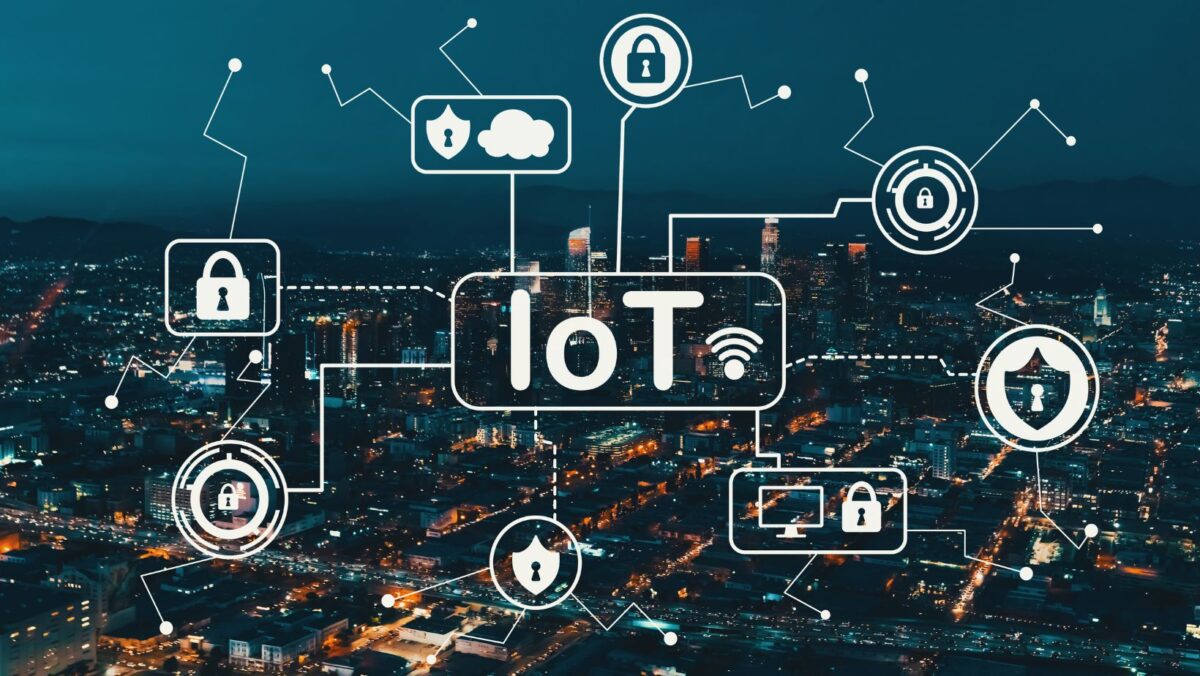There’s a kettle on your counter. It’s just… there. It boils water. That’s all.
Now imagine this: the same kettle is now worth $149, ships globally, has a companion app with personalized “brew profiles,” connects to your smart home, and charges $5.99/month for a “Tea Intelligence” subscription that learns your habits and adjusts brewing accordingly.
Sounds absurd?
That’s exactly how billion-dollar product categories start.
This is a story about how an appliance becomes a connected experience – and how a smart collaboration between an IoT development company and an embedded systems team can turn boiled water into boiling-hot revenue.
Step 1: Find the Emotion in the Mundane
Every great product begins not with technology – but with annoyance.
Kettles are annoying. They:
- Don’t remember your last setting.
- Have zero personality.
- Don’t sync with your lifestyle.
And in an era where your fridge talks to your phone, that’s a missed opportunity.
The real magic begins when you stop thinking like an engineer… and start thinking like a founder with a chip to prove.
Step 2: Inject the Hardware With a Brain
Let’s be clear: Bluetooth alone doesn’t make your kettle smart. It needs:
- An embedded controller that reacts in real time
- Sensors that detect water level, temperature, usage
- Connectivity that’s secure, scalable, and fast
This is where you call in an experienced embedded systems company. You’re not building a gadget – you’re building a platform.
The right embedded setup means:
- Fast boot-up and safe heating logic
- Support for firmware updates (because no one wants bricked kettles)
- Integration with existing smart home ecosystems (Alexa, HomeKit, etc.)
Step 3: Build a Story Worth Subscribing To
Here’s where the kettle becomes a startup.
You create:
- A mobile app that syncs across devices
- A “Brew AI” assistant that optimizes boil time by ambient temperature and user preference
- A feature that wakes up early on cold mornings because it knows you’ll need tea
People don’t subscribe to water-boiling. They subscribe to feeling understood.
That’s where your IoT development company steps in – not just for cloud back-end or MQTT integration – but to shape a seamless, lovable user experience.
Step 4: Add a Little Magic (and Monetization)
You’re not selling hardware. You’re selling:
- Data-powered convenience
- Ritual optimization
- Integration with wellness routines
- An emotional bond with a cup of comfort
Here’s how you make it rain:
- $149 device with sleek industrial design
- $5.99/month app for smart brew scheduling, analytics, and integrations
- Partner deals with tea brands or wellness companies
- Limited-edition firmware drops that change the lighting and boiling sounds for holidays
Absurd? A little.
But also very fundable.
Step 5: Launch Loud, Iterate Quietly
Your MVP doesn’t need everything. But it needs:
- A reliable embedded core
- A rock-solid IoT cloud setup
- A user flow that delights, not frustrates
 You launch with 3 features. Watch user behavior. Update via OTA.
You launch with 3 features. Watch user behavior. Update via OTA.
And when the fanbase grows, so does your feature set.
This is where your tech stack must scale – and only a good embedded + IoT services combo will keep you from drowning in bugs and heat complaints.
Bonus: What You Actually Just Built
You didn’t build a smart kettle. You built:
- A connected appliance platform
- A subscription product
- A consumer habit loop
- An ecosystem
That’s the kind of asset investors fund and competitors copy.
And it only works when embedded and IoT teams collaborate from day one.
The Foundation: How Embedded and IoT Development Power Smart Product Success
This entire transformation hinges on the seamless integration of two foundational pillars: embedded systems engineering and IoT development. The embedded layer powers the physical intelligence – microcontrollers managing sensors, safety logic, connectivity modules, and real-time responsiveness inside the device. Without this foundation, the product remains a basic appliance.
On top of that, IoT development delivers the connected infrastructure – from secure device onboarding and cloud architecture to user data management, mobile interfaces, OTA firmware updates, and smart integrations with platforms like Alexa or Google Home. Only when these layers are designed to work together from day one can companies deliver the kind of personalized, scalable, and reliable experiences users now expect from smart products.
Here’s how the responsibilities break down:
- Embedded systems engineering provides:
- Real-time control via microcontrollers
- Sensor integration and signal processing
- Safety-critical logic for heating and shutdown
- Low-level firmware and bootloaders
- Hardware abstraction for connectivity modules (Wi-Fi, Bluetooth, etc.)
- IoT development delivers:
- Device provisioning and secure authentication
- Cloud infrastructure and scalable data pipelines
- Companion apps for iOS/Android and web interfaces
- Remote device management and firmware updates
- Integration with third-party ecosystems and voice assistants
Collaborating with a specialized embedded systems company ensures robust, fail-safe hardware architecture, while a seasoned IoT development company provides the cloud, app, and data orchestration required for long-term success. Together, they transform a commodity into a connected service – and a one-time sale into a continuous relationship.
Final Sip
So yes – you really can turn a kettle into a $3M startup. But not with a hackathon mindset or copycat features. The real value lies in treating even the simplest product as a strategic opportunity to rethink form, function, and user connection.
It starts with vision – the ability to spot unmet needs in everyday routines and translate them into product innovation. But vision alone doesn’t scale. You need a foundation of robust, future-ready technology: hardware that listens, software that adapts, and systems that evolve. That means building with scalability, maintainability, and security from day one.
Smart products aren’t about novelty anymore – they’re about invisible intelligence that enhances daily life without friction. Whether it’s predictive behavior, personalized user flows, or seamless integration into digital ecosystems, the connected device must feel smarter than it looks. That’s what keeps users engaged – and loyal.
Behind that magic, there’s always strong engineering: embedded systems that ensure safety, speed, and precision; IoT infrastructure that connects, updates, and learns. Working with a trusted IoT development company and a future-proof embedded systems company is what makes this convergence seamless. Together, they don’t just build a product – they build an ecosystem, a data pipeline, and a revenue engine.
The kettle isn’t just boiling water anymore.
It’s learning your habits. Integrating into your lifestyle.
And boiling the whole market.

